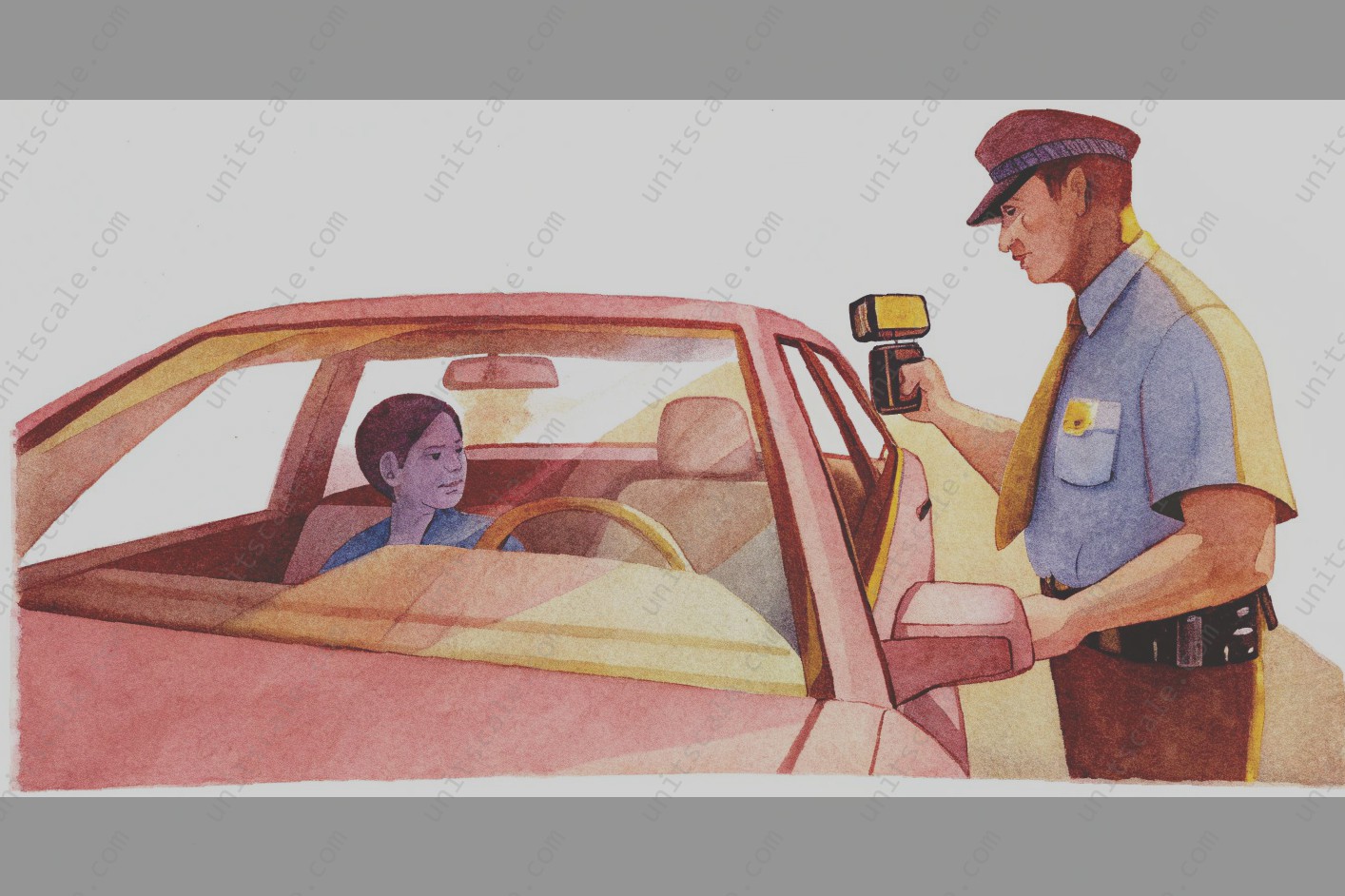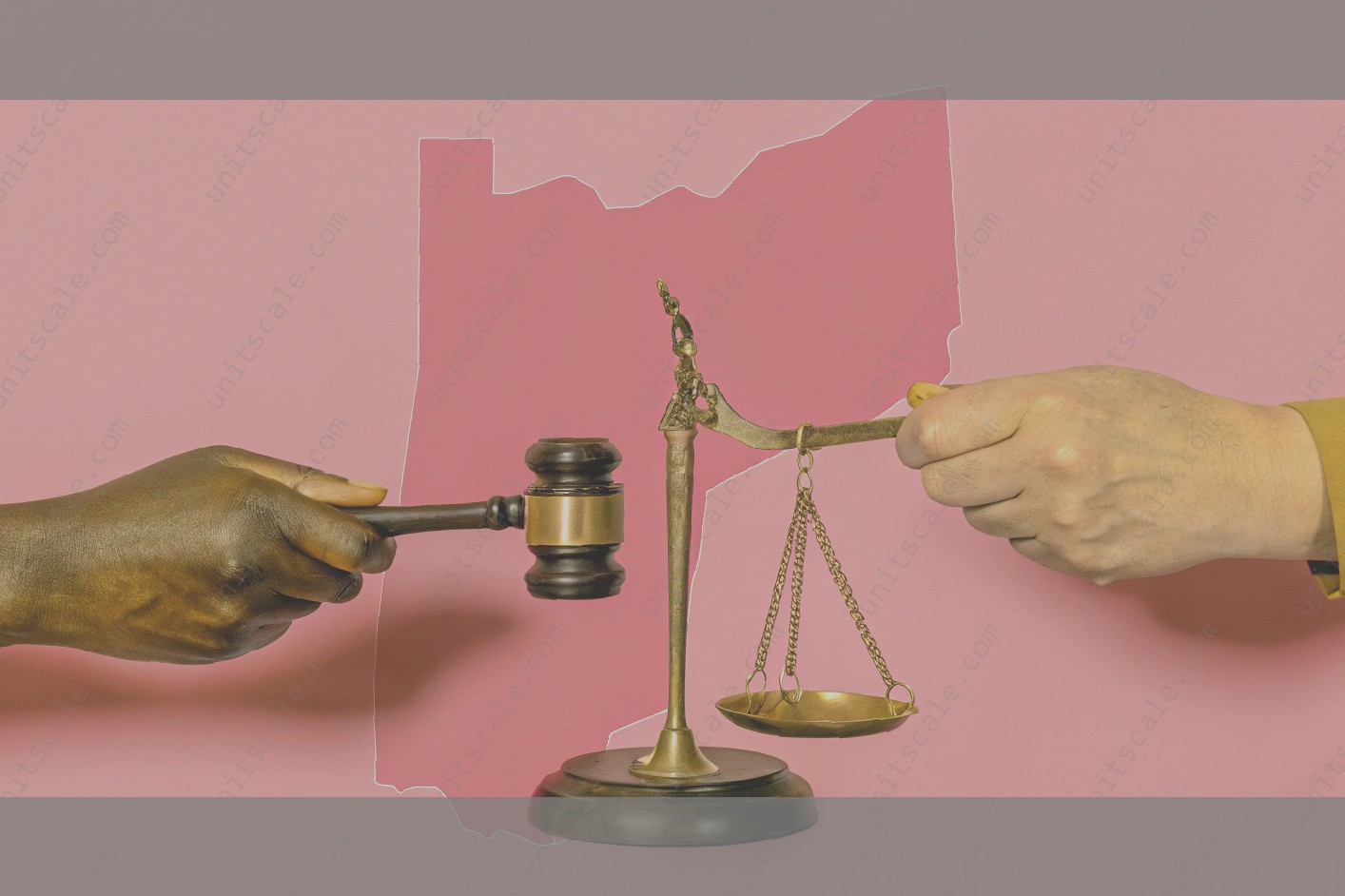North Carolina 2024 Tint Law Basics
When a vehicle is manufactured or is tinted, manufacturers and tint shops use special tools to measure how dark the tint is. They use a photometer, or light meter, which measures the percentage of visible light that is allowed to pass through the window or nothing more than a clear pane of glass. The allowable transmitted light for the front windshield is 35% and 6% for the sides and rear. Dealer added or aftermarket tint must have 35% VLT on the front windshield and 32% on the sides and rear. If the tint is darker than the allowable transmissible light coming through, then the tint is required to be removed.
This requirement was included in the bill adopting the tint law in 1999 and allowed the Department of Transportation to adopt regulations specifying the kind of equipment be used, where it was to be kept in the vehicle, and the frequency with which it was required to be measured. Since the law has gone into effect , the Department and the State Highway Patrol has never been proactive in determining if the tint glasses are within the legal limits. The only time the tint is measured is when you are cited for a tinted window. The measurement of the tint can be accomplished by the police officer or a portable machine can be taken to the scene and not only measure the tint but also print the data of the measurement to not only determine if the tinted window was within the legal limits, but also the presence of any tint on the current windshield. The department has never adopted any regulations establishing the standard for measuring the tint or how often it is required to be measured.
The law originally provided a grace period of 120 days after the tint law took effect. In 2000, the legislature adopted a change in to this grace period and set the end date of the grace period at December 1, 2000. That grace period will not end until the 2006 session adjourns in June of this year. Once the grace period expires tinted windows would be prohibited in the state unless they were measured within the allowances of the law.

Allowed Darkness and Reflection
Section 20-1278 of the North Carolina General Statutes stipulates that all motor vehicles in the state must comply with established window tint laws. In North Carolina, window film on motor vehicle windows is only permitted if it does not permit more than the specified levels of light transmittance through the film.
The law establishes both allowable levels of light transmittance (called Visible Light Transmission or VLT) through the film and a limit on the amounts of allowed reflectivity from any window of a vehicle. Permissible levels of visible light transmission required by law are as follows:
In addition to these levels of VLT by are allowed, only those having a reflectivity of no greater than 20% will be permitted on any vehicle upon initial sale or at any time thereafter. Manufacturer’s certificates are required for the issuance of an inspection certificate.
One special exception: The law allows for the installation a window film on the windshield of a passenger car or SUV who’s manufacturer’s gross weight rating is 4,500 pounds or greater, which consists of a multi-curve design that conforms to the shape of the window, provided that the window film has obtained approval from either the American National Standards Institute or the American Society of Testing Materials. There is a limit on the amount of reflection allowed through this type of window film.
Medical Exemption for Window Tint
If you work with the public in North Carolina, you have probably heard medical traumas described in vivid detail. These tales often evoke only compassion from the listener for the pain from which the speaker suffers. However, as you can imagine, it is very different to actually live with the physical limitation. Anyone who suffers from a medical condition that prevents them from being able to be in strong sunlight without developing a medical issue would certainly want to act in their best interest to avoid becoming ill.
If you have a bona fide medical reason that calls for modification to tinting on your vehicle windows, or a medical need for you to be a passenger in a vehicle with modified tinting on the windows, you may be eligible for a medical waiver to the tinting laws in North Carolina, and you will need to have the necessary documentation to submit to law enforcement in case you are stopped and questioned.
The following is a list of conditions that would qualify for a medical waiver: Application for a medical waiver must be done through the DMV and an additional fee will be assessed. However, based on the ailments above, your doctor may feel more than comfortable writing a prescription for you that explains your condition and why you are requesting a waiver. Additional diagnoses that are not on this list but that you believe should qualify may be included as well.
Penalties for Violation
The penalties for non-compliance can be quite severe. In North Carolina, a first offense of illegal window tint can lead to a fine of up to $100. Subsequent offenses could carry stiffer fines and even possible jail time, although this is reserved for extreme cases of non-compliance. In extreme circumstances, law enforcement officers have confiscated the vehicle.
In addition to the on-the-spot fines, there may be additional legal consequences. Illegal window tint in some states can even get your vehicle impounded.
Furthermore , insurance companies sometimes care about the amount of allowable tint. If you tint your windows illegally, your insurance policy might not cover you in case of an accident. It might also become more expensive once your insurance provider discovers the non-compliance with the law.
Additionally, certain states may not allow you to register your car if your window tint does not pass the state inspection. This is generally true for cars registered in the state (as opposed to those registered for commercial use, for example) and might apply regardless of whether the glass is tinted at the time of registration.
Tips for Selecting Legal Window Tint
When it comes to choosing legal window tint for your vehicle, it is essential to do your research and ensure that you select a quality product that meets North Carolina’s requirements. Here are some tips to help you make the right choice: First, always make sure to buy from a reliable, well-established dealer or installer. It is crucial to assess how long the vendor has been in business. Do not purchase from someone who has recently moved into town or opened a new shop. Check to see if the installer has the credentials and affiliations, such as being recognized by the state’s tinting association. You should also look for any evidence of previous complaints or customer feedback. Never invest in a product without checking references and verifying the company’s reputation. Second, do not be afraid to ask questions. For example, ask your installer how the tint will protect the interior of your vehicle from sun damage. Make sure to inquire about how many years the warranty lasts and what it covers, such as peeling, fading, and bubbling. Finally, if you are still not convinced that the installer’s work conforms to the law, conduct an online search for a tint law cheat sheet. These cheat sheets typically account for all 50 states, and sometimes, other countries as well. They concisely explain the legality of windshield tinting in each jurisdiction. If you cannot find a cheat sheet in your region, consider contacting a window tinting professional for more information about the laws.
Frequently Asked Questions
Q: Does having legal tint affect resale value?
A: It can. If you tint your windows to a legal level before you sell the car, you will have more buyers at the time of the sale and you will not be responsible for whether the window tint remains or not. It also may be a concern in regard to warranty if you have to have the tint removed to get a replacement windshield. In this case , you will be responsible for taking the tint off the new windshield and putting it back on after the motor vehicle inspection sticker is in place.
Q: How are these laws enforced? Are they enforced evenly across the state?
A: That is a very good question. Some law enforcement agencies pay attention to tint laws, while others do not pay as much attention to them. That is one of the reasons that we recommend changing you tint if its too dark.
Q: How does law enforcement measure tint?
A: Law enforcement officers can measure window tint with a device called a photometer. The photometer is a small handheld device that reads the light coming through a window.


